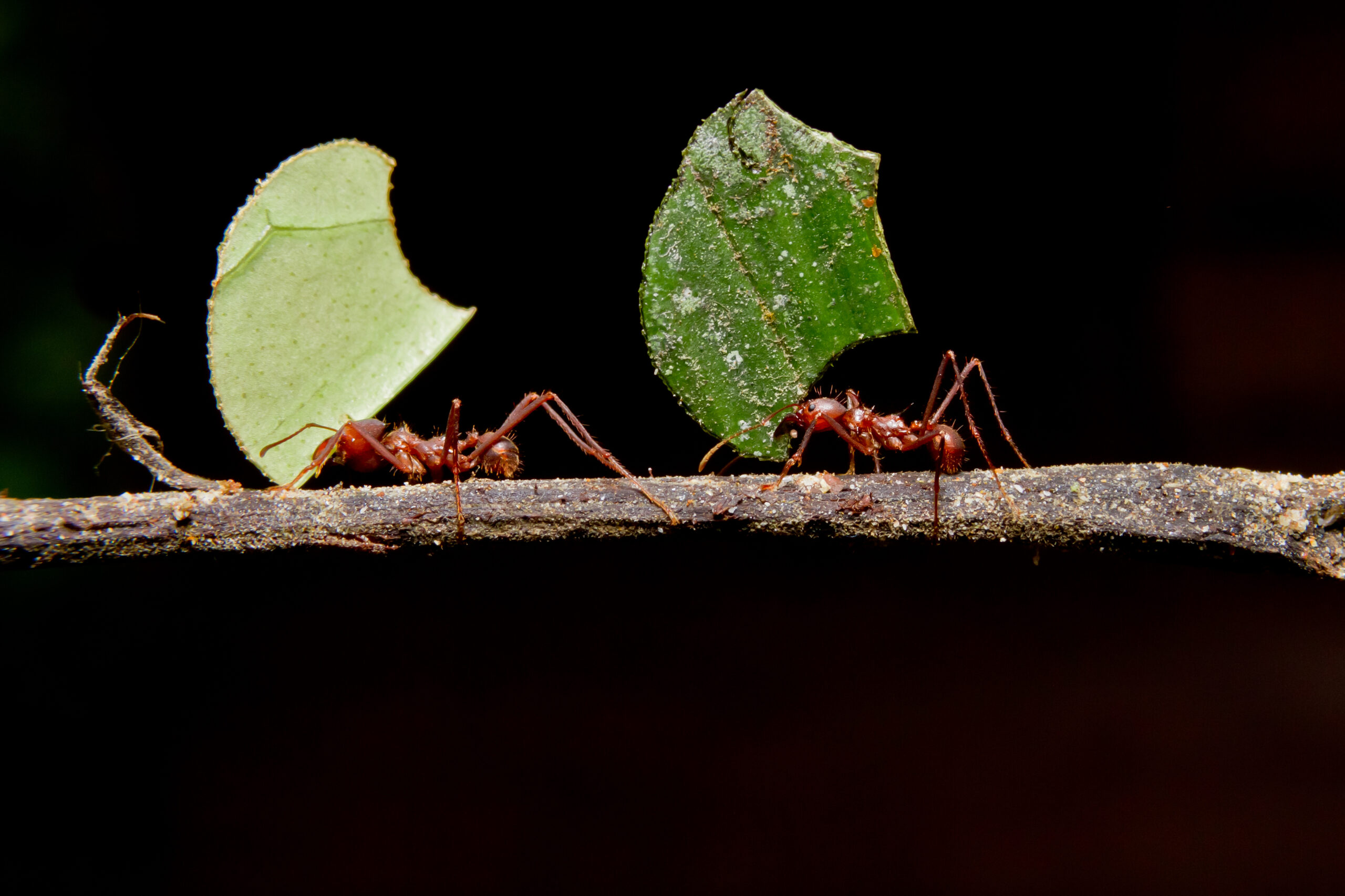Timing is everything
Tracing the lineages of agricultural ants to their most recent common ancestor revealed that the ancestor probably lived through the end-Cretaceous mass extinction—the one that killed off the dinosaurs. The researchers argue that the two were almost certainly related. Current models suggest that there was so much dust in the atmosphere after the impact that set off the mass extinction that photosynthesis shut down for nearly two years, meaning minimal plant life. By contrast, the huge amount of dead material would allow fungi to flourish. So, it’s not surprising that ants started to adapt to use what was available to them.
That explains the huge cluster of species that cooperate with fungi. However, most of the species that engage in organized farming don’t appear until roughly 35 million years after the mass extinction, at the end of the Eocene (that’s about 33 million years before the present period). The researchers suggest that the climate changes that accompanied the transition to the Oligocene included a drying out of the tropical Americas, where the fungus-farming ants had evolved. This would cut down on the availability of fungi in the wild, potentially selecting for the ability of species that could propagate fungal species on their own.
This also corresponds to the origins of the yeast strains used by farming ants, as well as the most specialized agricultural fungal species. But it doesn’t account for the origin of coral fungus farmers, which seems to have occurred roughly 10 million years later.
The work gives us a much clearer picture of the origin of agriculture in ants and some reasonable hypotheses regarding the selective pressures that might have led to its evolution. In the long term, however, the biggest advance here may be the resources generated during this study. Ultimately, we’d like to understand the genetic basis for the changes in the ants’ behavior, as well as how the fungi have adapted to better provide for their farmers. To do that, we’ll need to compare the genomes of agricultural species with their free-living relatives. The DNA gathered for this study will ultimately be needed to pursue those questions.
Science, 2024. DOI: 10.1126/science.adn7179 (About DOIs).

